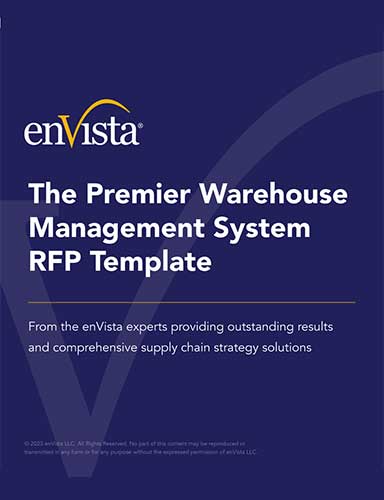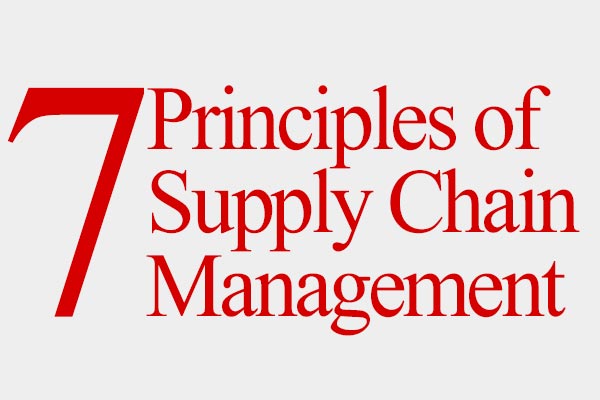Inside Medline’s Distribution Center: Meeting the needs of the healthcare community
Medline’s latest facility builds on the company’s success with automation to serve the demands of a critical industry.
Medline
Grayslake, Ill.
Size: 1.4 million square feet
Products: Medical and surgical supplies
Throughput: More than 40,000 lines per day
SKUs: More than 50,000 unique
Shifts Per Day/Days Per Week: 3 shifts a day. Building runs 24 hours a day, 6.5 days a week
Employees: 607 employees, including part-time and salaried employees and 97 MedTrans drivers
Read the feature System Report on Medline here
From surgical kits to temperature-controlled vaccines to wheelchairs, Medline’s facilities must handle a variety of products, while meeting the exacting demands of an industry where how a product is stored, picked and packed and delivered can impact the health of a patient. In its 1.4-million-square-foot facility outside of Chicago, Medline built a distribution center designed to meet those needs.
Receiving
Inbound loads arrive in the shipping/receiving area (1) as parcel, less-than-truckload and full truckload shipments. Once product is unloaded in the facility, team members verify the received merchandise against a purchase order and scan the receipts into the warehouse management system (WMS).
Material can be put away in the primary storage area (2) as a full pallet of one SKU; a mixed pallet representing multiple SKUs; and at the case level. The WMS generates an advance ship notice (ASN) for each SKU, and a license plate bar code for pallets and cases. A pallet with more than one SKU receives a special master license plate, which is a bar code that identifies all of the SKUs on that pallet for separation at storage.
Storage
Items staged for putaway are retrieved by a lift truck operator. After a scan of the license plate bar code, the operator is directed to a putaway location in the primary storage area. Palletized loads are scanned into a storage location and are now available to promise.
As a rule, pallets are stored on the upper levels of the reserved storage area and picked from the lower level, with the fastest moving items stored on the floor. Cartons are directed to a shelf level, where they are scanned into a location and hand stacked to optimize storage. Like the pallets, they are now available to promise.
While the reserve storage area takes up the length of one side of the long but relatively narrow building, smaller storage areas hold specialty items. These include a bank of case storage for precision surgical items (3). Most of the SKUs in this area are received from Germany. They are inspected to ensure quality, and then scanned into a bin location. Surgical instruments used around the country are shipped from Grayslake to control the quality of the kits. Similarly, a bank of refrigerated, temperature-controlled storage units (4) hold vaccines, not including Covid vaccines as they are shipped from the manufacturer.
Replenishment
Not counting specialized storage areas, picking primarily happens in three areas: The AutoStore robotics goods-to-person picking area (5); a multi-level pick module (6) in the middle of the reserve storage area for fast moving items; and from pallets and cases stored on the floor and in racks in the reserve storage area. Replenishment in reserve storage is typically a matter of relocating pallets and cases from the upper reaches of the area to storage locations that can be accessed by associates on traditional equipment: As a rule, items are not picked from man-up equipment for case replenishments.
The pick modules include shelves and space to store enough pallets for a week’s worth of demand; pallets are replenished from the back pick module.
Cases to replenish AutoStore are delivered to an induction point (7). There, the case is broken open and the inner packs or eaches are transferred to storage bins that can be handled by the mobile robots. They are then transported by conveyor ports to the robots that transport the bins to the storage grid.
Picking
Given the variety of unit loads handled, from full pallets to eaches, and from small items to non-conveyables, several picking methodologies are used. We’ll focus on the three most common: Full pallet, full case and each picking for mixed cases and totes. It’s important to keep in mind that an order may include a mix of all three types of profiles and be consolidated in the shipping area.
Full pallet picking
Full pallet picks aren’t common, but when there is an order, pallets are retrieved by a reach truck and delivered directly to a staging area (1) in shipping where orders are consolidated.
Full case picking
As a rule, cases are picked from the reserve storage area, with the fastest moving items stored at the pallet level on the ground: The factors that determine the storage location include the cost of replenishment, the cost of consolidation; the cost of picking on the ground versus picking from a higher storage levels; and finally, travel time.
About 77% of case picks are the fastest moving items that are picked to a double walkie rider. The system routes order selectors so they pick the heaviest items first. Once those pallets are built, they are delivered to a staging location in the shipping area. Slower moving cases are batch picked to an order picker; orders are then consolidated at the dock.
Less-than-case or item picking
Less-than-case quantity orders begin in the AutoStore area, which includes 12 goods-to-person pick stations, soon to be expanded to 13. Donor totes are retrieved by the robots and delivered by conveyor to a pick station. Order selectors receive their picking instructions on a screen and pick items to up to four totes at a time. A subset of those orders pass to a secondary zone for zone route picking prior to continuing outbound.
In about 70% of the orders, items will ship in that tote. If they are picked complete in the AutoStore area, the tote is conveyed to a print-and-apply area where the shipping label is created and then the tote is automatically closed and delivered to a staging location in shipping.
If an order was not picked complete, it is routed to the multi-level pick module where it is conveyed into as many zones as necessary to complete the order. Once all the items have been picked, it goes to the print-and-apply area and then to shipping.
The remaining 30% of the orders will follow a similar process, but are shipped to a packing area (8), where they are packed in shipping containers; receive a label; and are transported to shipping where they will be consolidated with other containers for that order or loaded directly onto a parcel carrier.
Packing and shipping
To manage the flow of work through the facility, some shipping containers will be packed at stations in the goods-to-person work area. Everything else that has to be packed goes to a packing area where an associate scans a tote. The system then selects a box size. The packer also inserts any value-added items such as brochures. The box is then labeled and sealed and diverted to shipping.
Shipping
Parcels are diverted to an area set aside for FedEx shipments. Extendable conveyors deliver the cartons into waiting trailers. Everything else will ship on pallets or carts in truckload or less-than-truckload quantities. Pallets and carts are built from donor pallets that have been delivered into the shipping area. Once a pallet or cart is ready to go, it is scanned into a trailer.














